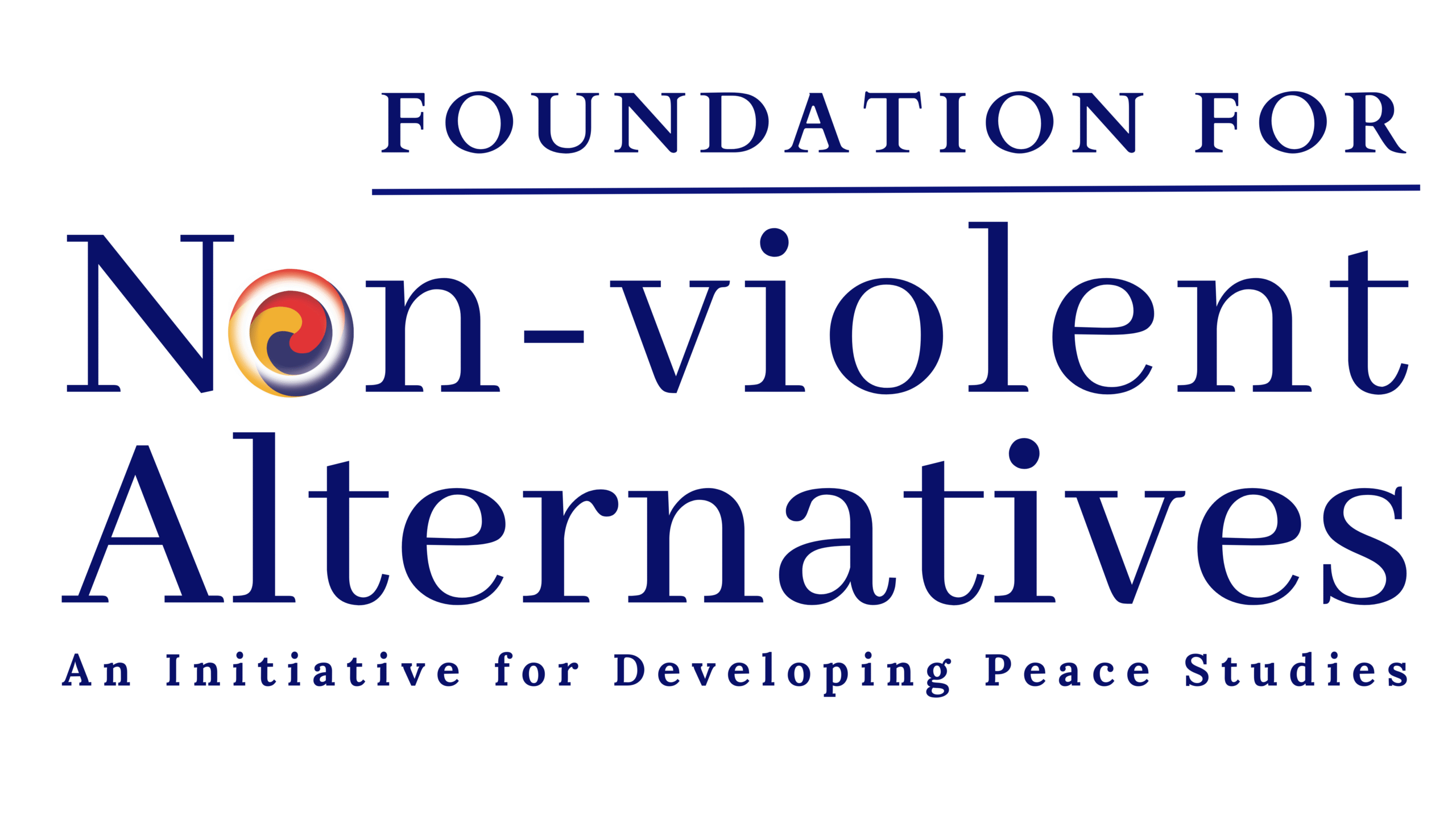William Pesek
Bloomberg
Jul 6, 2012
Myanmar’s conversion to democracy is breathing new life into a project with a terminally boring name: Greater Mekong Subregion.
This name was bestowed on an investment bloc that the Asian Development Bank put together in 1992. It was made up of Cambodia, Laos, Myanmar, Thailand, Vietnam and China’s Yunnan Province. Talk about odd bedfellows. It mixes constitutional monarchies, immature multiparty democracies, communist states and military regimes suddenly mulling elections with one thing in common — a waterway that’s central to the livelihood of 330 million people.
Myanmar’s reforms don’t ensure success, though. That requires overcoming three big challenges: cordial relations with and among its neighbors, weathering the next global crisis and navigating the region’s role as a proxy for U.S. and Chinese designs on Asia.The potential of the resource-rich Mekong River region has long intrigued Asia-philes. If only this area got its act together, trade might flourish and markets in this next frontier of the Asian growth story could take off. Myanmar’s opening makes this possible for the first time.
In December, about the time Secretary of State Hillary Clinton became the highest-ranking U.S. official to visit Myanmar in a half century, Mekong leaders endorsed a 10-year plan: tighter integration, more open trade and market-oriented financial policies, better use of natural resources, improved infrastructure, increased tourism, and poverty reduction.
Competitive Advantages
“The idea is that in order to flourish together, we must work together,” says Neav Chanthana, the deputy governor of the National Bank of Cambodia.
Adds Chartsiri Sophonpanich, the president of Bangkok Bank Pcl: “What makes this workable is that different countries in our region really do offer complementary competitive advantages.” Thailand has banking expertise and sophisticated markets; Myanmar has substantial stores of petroleum, natural gas and copper; Laos has considerable hydropower know-how; Vietnam and Cambodia boast young and growing populations; Yunnan Province offers labor and a pathway to the world’s fastest- growing major economy.
Yet Asia’s history with co-ordination is spotty. Japan and South Korea can’t put aside anger over World War II long enough to share intelligence on North Korea’s Kim Jong Un. The Association of Southeast Asian Nations, Asean, engages in meaningless summits and proved out of its depth when global markets crashed in 2008.
One enduring feature is distrust. Asean’s 10 members covet sovereignty more than the European Union and have vastly different takes on financial openness, press freedom and human rights. Co-operation is often in short supply as one nation undercuts another for short-term gain. Bilateral trade agreements have proven easier to negotiate than regional ones.
“If people are already looking at Asean integration with caution, they will take the Mekong subregion with even more skepticism,” says Tai Hui, Singapore-based head of Southeast Asian research at Standard Chartered Plc.
Europe’s debt crisis will test Asia as rarely before. The good news, says Xaypaseuth Phomsoupha, general director of Laos’s Ministry of Energy and Mines, is that the Mekong region is “more insulated” from global turmoil. “The bad news,” he says, “is that more trouble overseas will leave less money for development projects at home.”
How Asia copes with Europe’s coming meltdown will say much about its ability to increase growth, create jobs and raise living standards. That goes, too, for China’s ability to play the role of growth engine. Yet China is a controversial player in the Mekong region.
Seething Friends
Even as governments woo Asia’s biggest economy, they seethe over the huge Chinese dam projects that are reducing flows downstream. These have led to water shortages, depletion of soil nutrients, reduced food production and trouble for fisheries and ecosystems.
Another flashpoint is the South China Sea. The drilling plans of China National Offshore Oil Corp. have enraged the Vietnamese. China has repeatedly shown a willingness to provoke conflicts in disputed waters, as it has with the Philippines and Japan. If one of these spins out of control it would cost China dearly by driving Asian governments to seek more support from Washington.
For Clinton and President Barack Obama, the Mekong region is a microcosm of China-U.S. relations. Obama’s so-called pivot to Asia has unnerved officials in Beijing, who almost see the Mekong region as their birthright. Access to natural resources is almost secondary. The bigger issue is who holds sway over Asia a decade from now.
The creative tension emanating from U.S. and Chinese engagement has its benefits. As both jockey for advantage, the Mekong nations can play one off against the other and seek investment, security assurances and free-trade agreements. Yet there’s ample scope for things to go awry.
For all the challenges, Myanmar’s rebirth is a fresh start for the Mekong region. The process won’t be smooth and it won’t necessarily go as planned. But when a promising economic area with an American-size population joins hands, the potential can only grow.
William Pesek is a Bloomberg View columnist.

